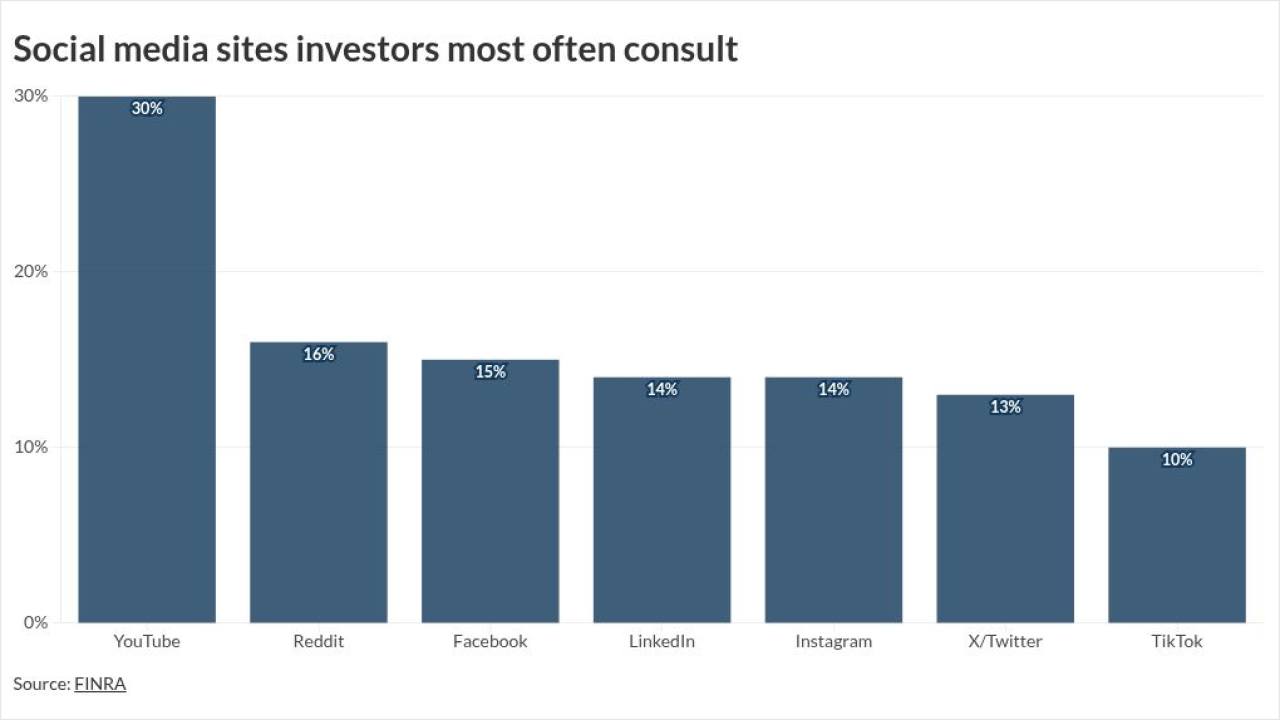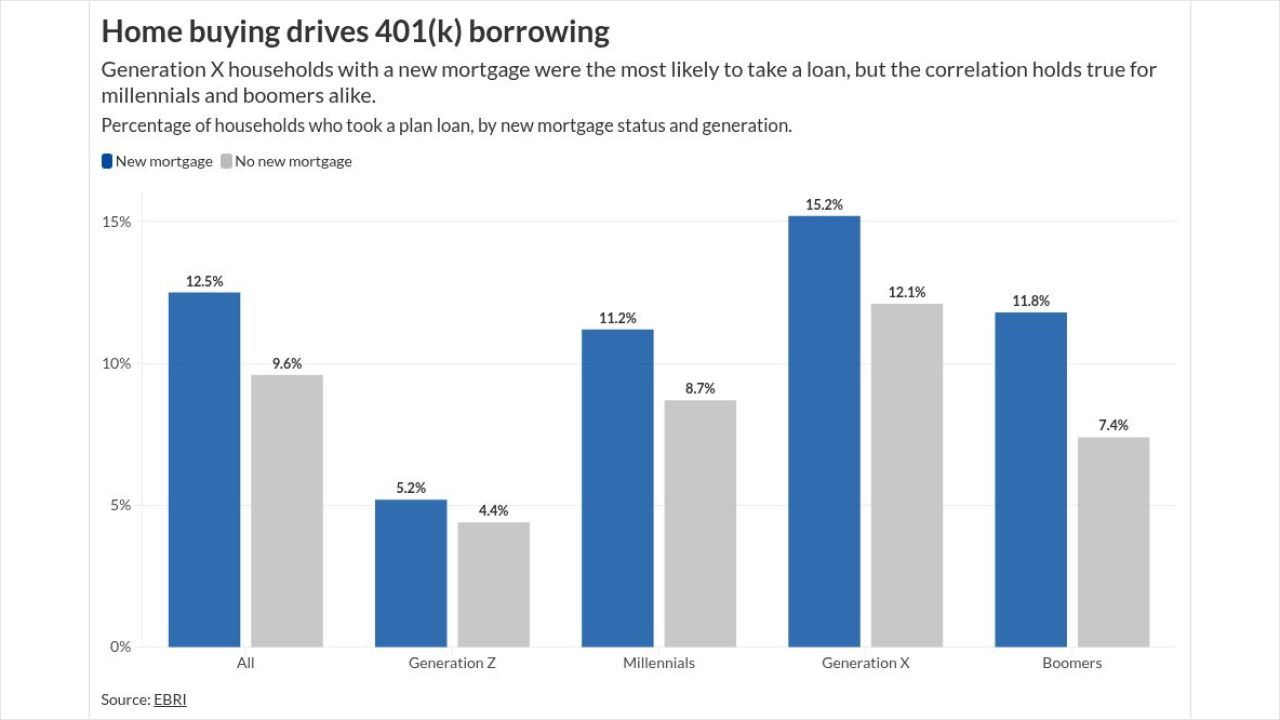
Happy birthday ERISA! The Employee Retirement Income Security Act of 1974 turns 40 on September 2. Heres a look at 11 important milestones, modifications and case law in the legislations 40-year history.
[Image: Pension Benefit Guaranty Corporation]

2. PBGC is established
ERISA set forth a framework that certain retirement benefits and other benefits couldnt be subject to alienation, says Matthew Whitehorn, a partner and chair of Dilworth Paxsons employee benefits group. It protected employees from the possibilities of losing their benefits and protects pension benefits from things like bankruptcy.
[Image: Pension Benefit Guaranty Corporation]

3. EBSA oversight
[Image: Department of Labor]

4. The Retirement Equity Act of 1984
[Image: Fotolia]

5. The Omnibus Budget Reconciliation Act of 1986
[Image: Fotolia]

6. The Omnibus Budget Reconciliation Act of 1989
[Image: Fotolia]

7. The Pension Protection Act of 2006
[Image: Fotolia]

8. <i>Patterson v. Shumate</i>
[Image: Fotolia]

11 ERISA Milestones
[Image: Fotolia]

10. <i>Fifth Third Bancorp v. Dudenhoeffer</i>

11. <i>Tussey v. ABB, Inc. </i>
[Image: Fotolia]





